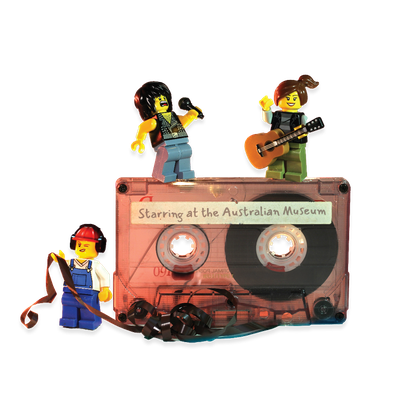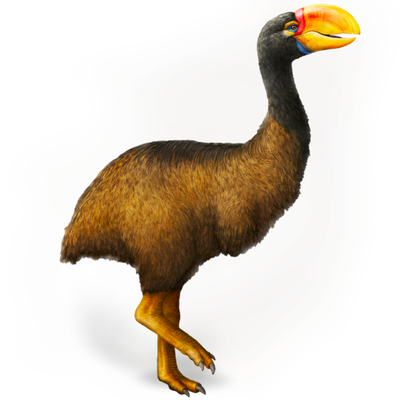Your search returned 2817 results
By Page Type
By Tag
- fish (966)
- blog (696)
- fishes of sydney harbour (401)
- First Nations (299)
- Blog (236)
- AMRI (169)
- archives (164)
- Eureka Prizes (146)
- Aboriginal and Torres Strait Islander (135)
- insect (126)
- Ichthyology (124)
- geoscience (109)
- minerals (102)
- climate change (100)
- podcast (94)
- Fish (91)
- Anthropology (89)
- International collections (80)
- Minerals Gallery (78)
- wildlife of sydney (78)
- Labridae (77)
- frog (74)
- gemstone (70)
- history (64)
- photography (64)
- Mollusca (60)
- gem (59)
- staff (59)
- Birds (56)
- Gems (56)
- Indonesia (56)
- education (56)
- shark (55)
- AMplify (54)
- people (53)
- earth sciences (50)
- past exhibitions (50)
- exhibition (49)
- Gobiidae (48)
- sustainability (46)
- Pomacentridae (45)
- Serranidae (44)
- lifelong learning (42)
- science (42)
- Earth and Environmental Science (41)
- Syngnathidae (41)
- Ancient Egypt (40)
- Bali (40)
- bird (40)
- dangerous australians (40)
-
Blackfin Pigfish, Bodianus loxozonus (Snyder, 1908)
https://australian.museum/learn/animals/fishes/blackfin-hogfish-bodianus-loxozonus-snyder-1908/Blackfin Pigfish, Bodianus loxozonus (Snyder, 1908)
-
Sac Spiders
https://australian.museum/learn/animals/spiders/sac-spiders/Sac spiders are found throughout Australia in forest and grassland habitats.
-
Rufous Net-casting Spider
https://australian.museum/learn/animals/spiders/rufous-net-casting-spider/These slender, long-legged spiders have eight eyes, two of which are enormously enlarged and face forwards, looking rather like searchlights.
-
Deepwater Clingfish, Kopua kuiteri Hutchins, 1991
https://australian.museum/learn/animals/fishes/deepwater-clingfish-kopua-kuiteri/Deepwater Clingfish, Kopua kuiteri Hutchins, 1991
-
Demon Stingerfish, Inimicus caledonicus (Sauvage, 1878)
https://australian.museum/learn/animals/fishes/demon-stingerfish-inimicus-caledonicus-sauvage-1878/Demon Stingerfish, Inimicus caledonicus (Sauvage, 1878)
-
Common Black Dragonfish, Idiacanthus atlanticus Brauer, 1906
https://australian.museum/learn/animals/fishes/black-dragonfish-idiacanthus-atlanticus-brauer-1906/Common Black Dragonfish, Idiacanthus atlanticus Brauer, 1906
-
Silver Perch, Bidyanus bidyanus (Mitchell, 1838)
https://australian.museum/learn/animals/fishes/silver-perch-bidyanus-bidyanus-mitchell-1838/Silver Perch, Bidyanus bidyanus (Mitchell, 1838)
-
Cuskeel, Barathrites sp
https://australian.museum/learn/animals/fishes/cuskeel-barathrites-sp/Cuskeel, Barathrites sp
-
Silver Orb Weaving Spiders
https://australian.museum/learn/animals/spiders/silver-orb-weaving-spiders/Silver Orb Weaving Spiders are recognised by their long, silvery bodies.
-
Discover more
2025 Australian Geographic Nature Photographer of the Year
Special exhibition
Free entry
Now open -
Discover more
Unfinished Business
Special exhibition
Free entry
Now open -
Find out more
Surviving Australia
Permanent exhibition
Free entry
Now open![]()
-
Find out more
Burra
Permanent kids learning space
Free entry
10am - 4.30pm![]()
-
Discover more
Minerals
Permanent exhibition
Free entry
Open daily![]()





